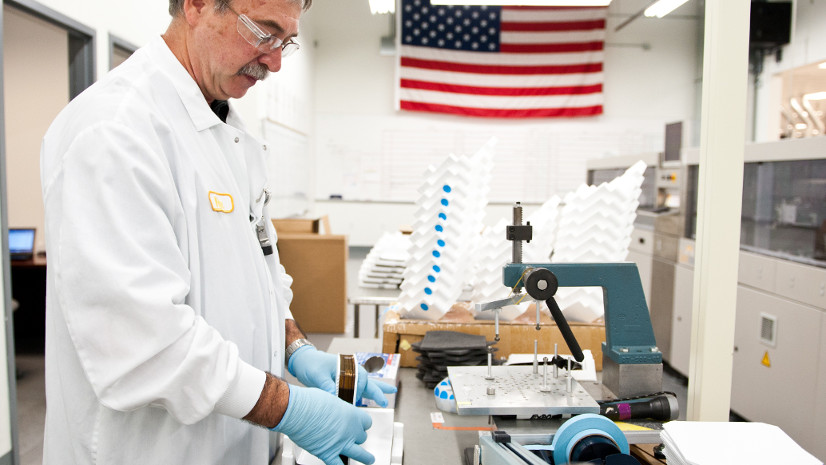The US DoE has announced plans to allocate $20 million to 16 projects across eight states to accelerate the exploration of geologic hydrogen. The selected teams include universities, national labs, and companies. “The 16 teams announced today are set to receive funding through two Advanced Research Projects Agency-Energy (ARPA-E) Exploratory Topics on geologic hydrogen,” said ARPA-E. The projects will either focus on producing geologic hydrogen through stimulated mineralogical processes or on hydrogen reservoir management. Earlier this month, the DoE said it had chosen 31 organizations to receive $3.2 million in vouchers to advance various clean hydrogen technologies, as part of a larger initiative allocating $9.8 million to 111 small businesses and organizations, with the vouchers to be used to obtain in-kind support from participating entities.
Plug Power has started delivering liquid hydrogen to customers such as Walmart and Home Depot, just two days after starting operations at its production plant in Charleston, Tennessee. It has also re-launched operations at its hydrogen plant in the city, contributing approximately 10 tons per day (TPD) of liquid hydrogen supply to the US market. It plans to introduce another 15 TPD of capacity through a joint venture plant in Louisiana. The facility is expected to be operational by the third quarter of 2024, according to Plug Power CEO Andy Marsh.
Kobe-Osaka International Port Corp., with the support of the Japanese government, is launching a demonstration project for advanced cargo handling machinery, in order to replace a diesel engine generator for a tire-type gantry crane (RTG) with a hydrogen engine generator. “This project is the first of its kind in the world,” claimed the company. It said preparations for the demonstration will take place this year, with data analysis activities in 2025 and the revision of technical standards by 2026.
Popular content
Daimler Truck and Linde Engineering have jointly developed a new process to handle sub-cooled liquid hydrogen. “Refueling takes around 10 to 15 minutes for a 40-ton heavy-duty truck, carrying 80 kg of liquid hydrogen for a range of 1,000 kilometers and more,” said Daimler Truck. “The new sLH2 technology [subcooled liquid hydrogen] lowers the required investment for a hydrogen refueling station by a factor of two to three, and operational costs are five to six times lower.” The new process uses a pump to increase the pressure of the liquid hydrogen. The pilot refueling station has a capacity of 400 kg of liquid hydrogen per hour, according to the companies.
German Vice Chancellor Robert Habeck recently visited Algeria to strengthen bilateral cooperation in the expansion of renewable energy, the development of a green hydrogen industry, and the construction of an hydrogen corridor. “The aim of the H2 corridor project is to enable future hydrogen imports by pipeline from Algeria and Tunisia to Italy, Austria and Germany,” said the German government.
This content is protected by copyright and may not be reused. If you want to cooperate with us and would like to reuse some of our content, please contact: editors@pv-magazine.com.


1 comment
By submitting this form you agree to pv magazine using your data for the purposes of publishing your comment.
Your personal data will only be disclosed or otherwise transmitted to third parties for the purposes of spam filtering or if this is necessary for technical maintenance of the website. Any other transfer to third parties will not take place unless this is justified on the basis of applicable data protection regulations or if pv magazine is legally obliged to do so.
You may revoke this consent at any time with effect for the future, in which case your personal data will be deleted immediately. Otherwise, your data will be deleted if pv magazine has processed your request or the purpose of data storage is fulfilled.
Further information on data privacy can be found in our Data Protection Policy.